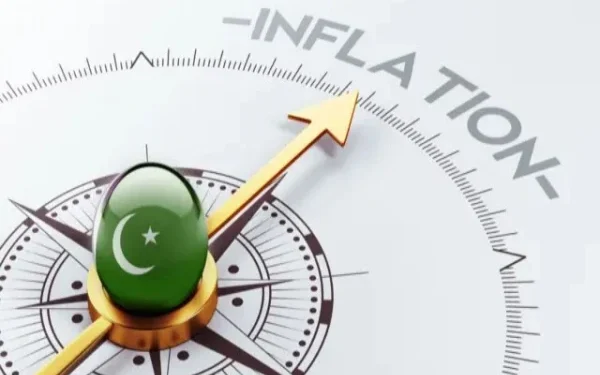Islamabad: The inflation rate in Pakistan has reached a 6-year low of 4.9 percent, paving the way for the central bank to significantly reduce interest rates.
According to the Bureau of Statistics, the inflation rate in November decreased further to 4.9 percent. This decrease in the inflation rate was in line with the expectations of the State Bank, but was lower than the estimates of the Ministry of Finance.
The Ministry of Finance had estimated the inflation rate to be 5.8 to 6.8 percent in November, while the central bank had set this estimate at 5 percent. It should be noted that the State Bank will meet on December 16 to determine the next monetary policy, in which a decision to further reduce interest rates is likely to be made.
The policy rate is currently 15 percent, which is much higher than the current inflation rate. However, this is the lowest interest rate since December 2018, when the inflation rate was 5.4 percent. It should be remembered that the government has set the inflation rate at 12 percent for the current fiscal year, while the IMF has estimated inflation to be 9.5 percent.
However, during the first 5 months of the current fiscal year, the average inflation rate has been 7.9 percent, which is much lower than the annual target. A mixed trend has been seen in core inflation, which does not include energy and food.
The core inflation rate has increased to 8.9 percent in cities, while it has decreased to 10.9 percent in rural areas. The average core inflation rate is 5 percent lower than the policy rate, which gives the option to reduce the policy rate by 3 percent. However, on the other hand, the central bank is indicating the possibility of an increase in inflation from December.
The annual inflation rate has decreased to 5.2 in urban areas, while it has increased slightly to 4.3 in rural areas. According to the data, the food inflation rate in urban areas has decreased to 1.7 percent while in villages it has remained at 0.2 percent. Due to the increase in the prices of onions, fresh vegetables and fruits, the inflation rate in the prices of perishable food items was 7.5 percent.
Due to the decrease in the price of wheat and wheat flour, the inflation rate in non-food items has decreased to 1.6 percent. The details show that on an annual basis, the prices of pulses have increased by 72 percent, fish by 27 percent, milk powder by 21 percent, meat by 21 percent, honey and onion by 20 percent.

























